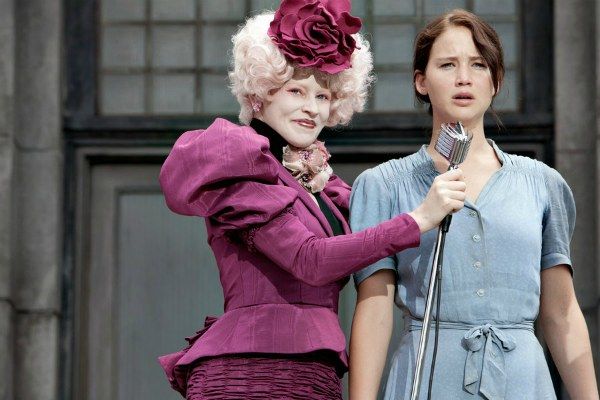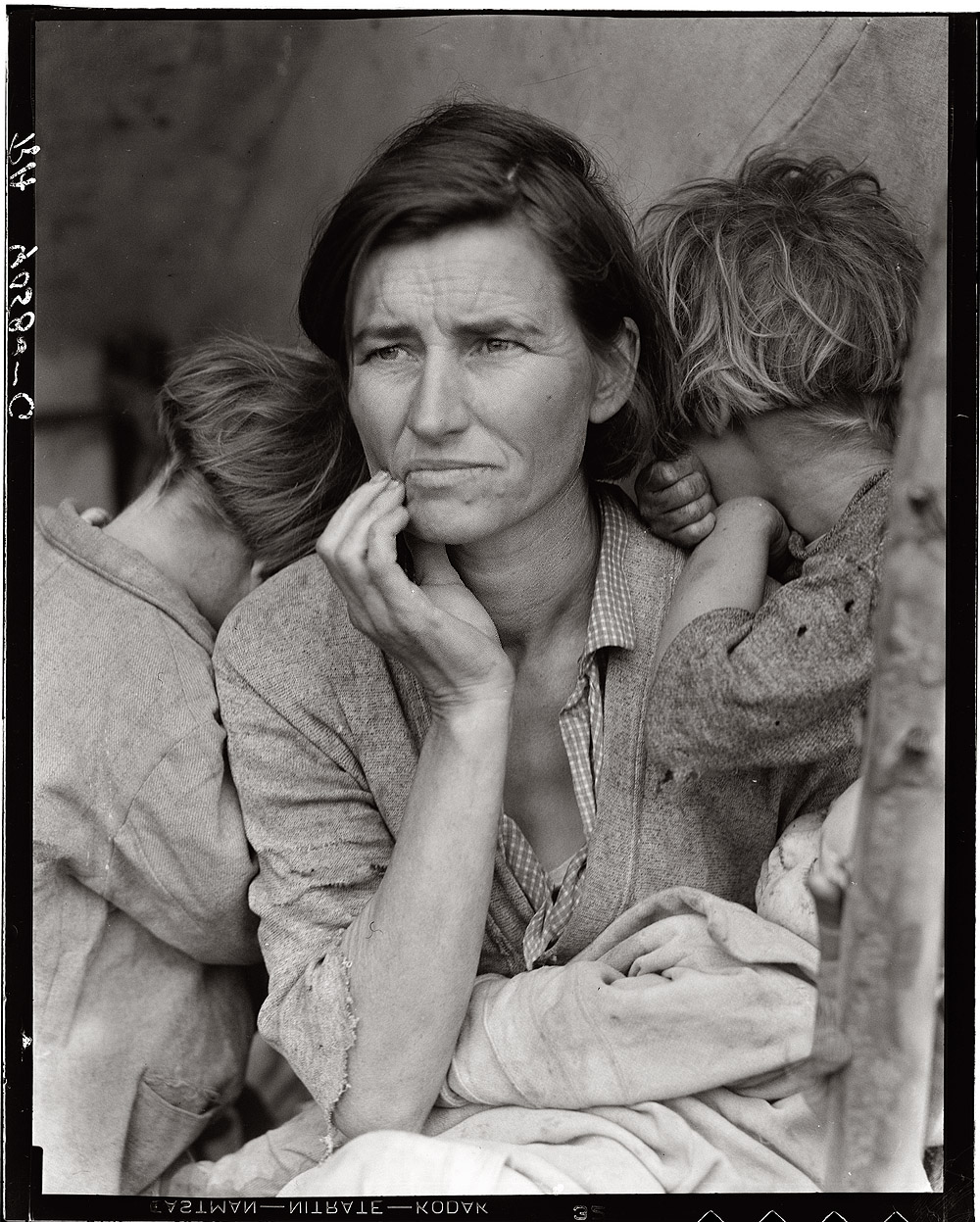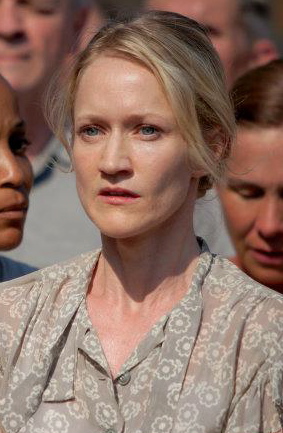Contains some spoilers for The Hunger Games, The Hunger Games: Catching Fire, and Inglorious Basterds

Image credit: chacha.com "how to dress like Katniss Everdeen"
In The Hunger Games: Catching Fire, the newly released adaptation of the sequel to Suzanne Collins’ novel and 2012 film The Hunger Games, President Snow’s cronies set out to torture and intimidate the citizens of the 12 districts. Their first step is to destroy one of the people’s few sources of pleasure, and hope-- the black markets. Soldiers clad like storm troopers file into the town eliciting screams and looks of terror, upturning chests of drawers, smashing picture frames, and attacking everyone in their path. As the camera pans the rubble, one notices a certain patina to the wood and the family photographs:they’re all roughly from the 1930s. Which begs the question, just how far into the future does The Hunger Games take place?
A hallmark of poverty is the ownership of slightly old things, but the ownerships of things at least 70 years past their prime is a sign of a carefully cultivated eclecticism. If Western civilization collapsed today, certainly our black markets would be filled with less romantic products than Katniss’ mocking-jay pin. The Hunger Games is of course a fantasy, but why is the film’s prime cultural reference point for poverty what appears to be a Hooverville?
The answer, in short, is that the “Hunger Games” gathers and exploits every terror of Western Civilization in one ambiguous tableau – it’s catharsis to the extreme. This is brought home most explicitly in the initial raffle in which Katniss famously volunteers to save her sister “as tribute.” The morning of the drawing her mother lays out a dress which has become one of the hallmark looks of the film. The style is somewhere between 1930s and 1940s, echoing the Hoover shanty aesthetic of everything else in District 12. Fashion isn't the only way in which these eras are evoked. Even Katniss's mother seems to have been selected for her physical similarity to Dorothea Lange's "Migrant Mother," the real life migrant worker, Florence Owens Thompson.


Image credit (left to right): shorpy.com, wikia.nocookie.net
As I watch Katniss led towards the microphone, past the carefully filed and heavily guarded masses, I’m reminded of virtually every film ever made about the Holocaust. In the image above she steps up to the microphone which, like everything else in their town, is an early twentieth-century model. In this scene they seem to be playing on real and imaginary depictions of the Nazi regime. Because Quentin Tarantino’s WWII revenge flick Inglorious Basterds is a pastiche of this whole Nazi-revenge genre, I find in particular, a strong touch of Shoshanna in the construction of Katniss. Both are quiet and sarcastic masterminds who grudgingly play into a system in order to destroy it, and both show a willingness to end their own lives in order to dismantle an entertainment spectacle which is seen as the governing force behind their respective systems of oppression.
Comments
Blew my mind
Super interesting - I didn't realize the parallels (esp. the Dorothea Lange one) until you wrote this! I would love to hear more about your last points - particularly in how this relates to the Holocaust and not just US experiences of Great Depression poverty. Great post!